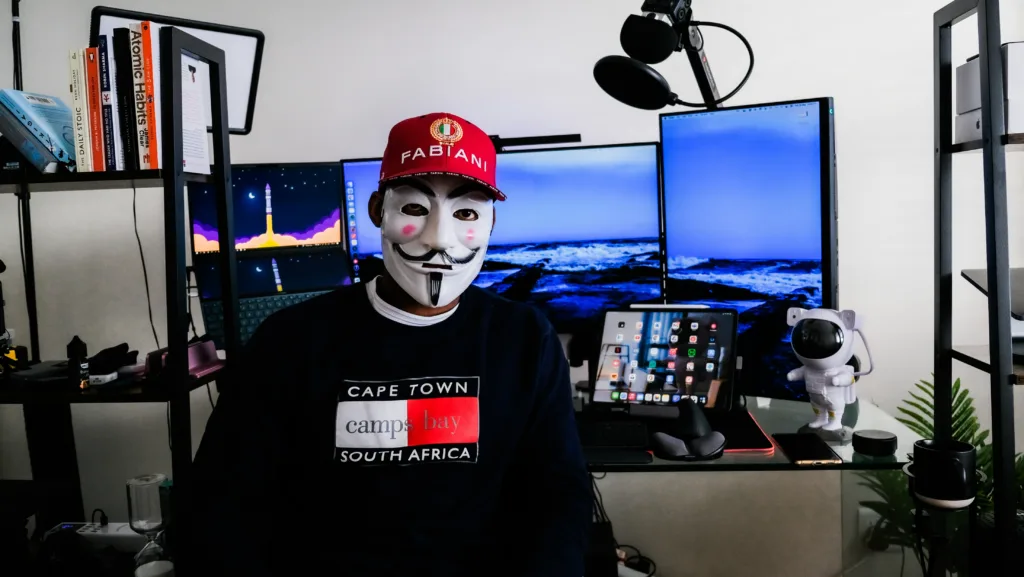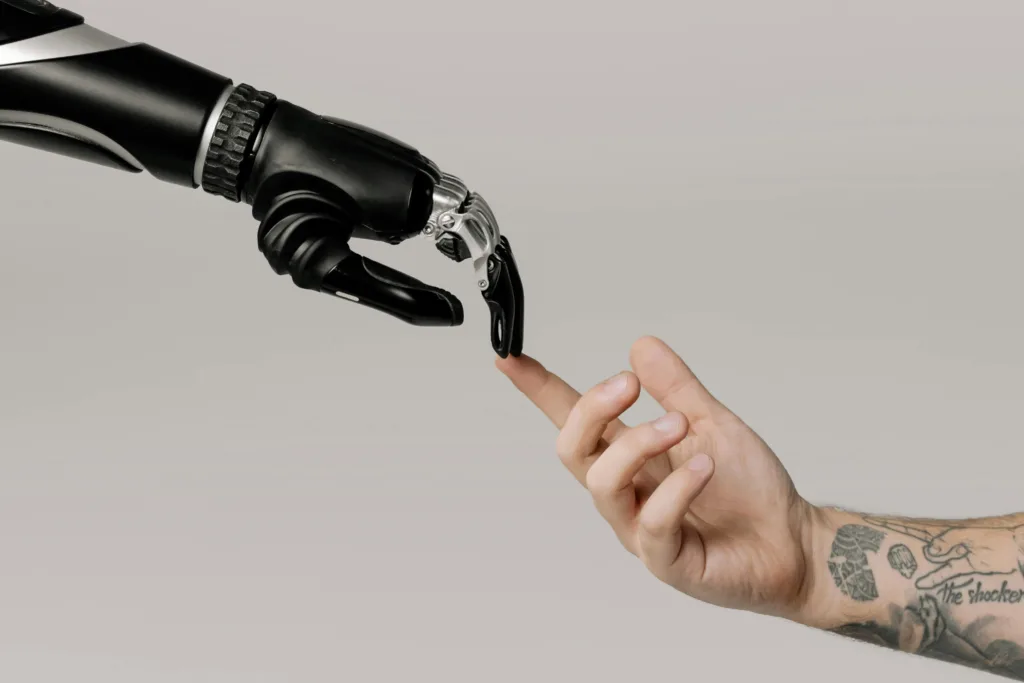
The rapid evolution of artificial intelligence (AI) has opened doors to transformative innovations—from personalized healthcare to autonomous vehicles. Yet, alongside these advances, AI has birthed a darker counterpart: deepfakes—synthetic media that can convincingly impersonate people, voices, or events. As deepfakes become increasingly sophisticated and accessible, they pose serious ethical dilemmas and legal challenges that society must urgently address.
This article explores the ethical implications of AI-generated deepfakes and assesses legislative strategies designed to mitigate their risks, with real-world case studies and expert-backed insights.
What Are Deepfakes?
Deepfakes are created using machine learning models, particularly deep neural networks, to synthesize hyper-realistic images, videos, and audio recordings. What makes deepfakes particularly concerning is their capacity to manipulate reality at scale. Whether used to impersonate celebrities, influence politics, or commit fraud, deepfakes blur the line between fiction and fact.
While AI-generated content can be used for entertainment or education, malicious deepfakes can deeply damage individual reputations, undermine trust in institutions, and distort democratic discourse.
Ethical Considerations
1. Consent and Personal Autonomy
One of the most pressing ethical issues with deepfakes is the use of someone’s likeness without their knowledge or approval. Victims often have no control over how their image or voice is used—sometimes in explicit or defamatory content.
For example, non-consensual deepfake pornography has disproportionately targeted women, prompting a public outcry and debates over digital consent. As explored in a Carnegie Mellon University analysis, this kind of content undermines an individual’s autonomy and violates fundamental human rights.
2. Misinformation and Democratic Integrity
Deepfakes can be weaponized to spread false narratives or incite conflict. In 2020, a video falsely depicting U.S. House Speaker Nancy Pelosi appearing intoxicated went viral, highlighting the ease with which synthetic media can deceive the public. Though technically not a deepfake (it was slowed and edited), the effect was similar—and alarming.
As noted by researchers at Taylor & Francis Online, deepfakes are part of a larger misinformation ecosystem that threatens democratic institutions, trust in media, and civil stability.
3. Legal and Judicial Integrity
In courtrooms, the rise of deepfakes casts doubt on the validity of digital evidence. Legal scholars warn of the “liar’s dividend”—a term used to describe how the existence of deepfakes enables wrongdoers to deny genuine footage as fake, thereby undermining accountability.
This growing distrust may not only affect legal proceedings but also erode public confidence in any form of audiovisual evidence, especially in high-stakes contexts like police body cam footage or protest videos.
Global Legal Responses to Deepfakes
United States
The U.S. has taken a piecemeal approach, with state-level and proposed federal legislation targeting specific abuses of deepfake technology:
- California AB 602 and AB 730 prohibit the use of deepfakes in pornographic and political content, respectively.
- The NO FAKES Act, introduced in Congress, seeks to protect individuals from unauthorized AI-generated content, particularly within the entertainment industry.
Although these laws are steps forward, many experts argue they don’t go far enough to address the broader ethical and technological challenges.
European Union
The EU’s proposed AI Act includes transparency requirements for synthetic media. Content generated by AI must be clearly labeled, and high-risk applications face stricter oversight. This law, if passed, could become a global benchmark for AI governance.
China
China leads with some of the most comprehensive laws on deepfakes. Starting in 2023, creators of synthetic media must clearly label altered content, and providers must ensure subjects have given explicit consent. These regulations, while strict, also raise concerns about overreach and censorship.
Indonesia
Indonesia has implemented broader AI ethics and misinformation laws, requiring digital platforms to verify and label altered content. A study published in the East South Journal of Law and Human Rights highlights the country’s balanced approach in fostering AI development while curbing misuse.
Real-World Case Studies
1. Political Deepfakes: Destabilizing Governments
In 2019, a deepfake of Gabonese President Ali Bongo raised suspicions about his health, ultimately leading to an attempted coup. The fabricated video created a power vacuum fueled by public confusion and media manipulation.
This example demonstrates how synthetic media can be used as a geopolitical weapon, shaking public trust and triggering real-world consequences.
2. Corporate Fraud Using AI-Generated Voices
In a well-documented 2019 case, cybercriminals used deepfake voice technology to mimic the CEO of a UK-based energy firm, convincing a subordinate to transfer over $240,000 to a fraudulent account. As detailed by Martindale-Avvo, the case showcased the growing threat of “audio spoofing” in the business world.
It also illustrated how deepfakes are not just a consumer issue—but a serious cybersecurity risk for enterprises.
3. Celebrity and Social Harm
In early 2024, several high-profile actresses were targeted by AI-generated explicit images, which were circulated widely before being taken down. The situation prompted tech companies to reassess their content moderation policies and sparked discussions around “algorithmic responsibility.”
Such cases point to the emotional and reputational damage synthetic media can inflict—particularly when platform responses are slow or inconsistent.
Are Technical Solutions Enough?
Deepfake Detection Technologies
Tech companies and academic institutions are racing to develop AI-based detection tools. These tools analyze subtle inconsistencies in blinking patterns, lighting, and pixelation to flag deepfake content.
However, detection often lags behind generation. A 2024 study from Crime Science Journal found that deepfake detection models struggle to keep up with generative improvements, suggesting the need for a multilayered defense.
Blockchain and Content Verification
Some innovators propose using blockchain to verify content authenticity at the point of creation. Projects like the Content Authenticity Initiative (led by Adobe, Twitter, and The New York Times) aim to embed metadata that confirms when, where, and how media was produced.






